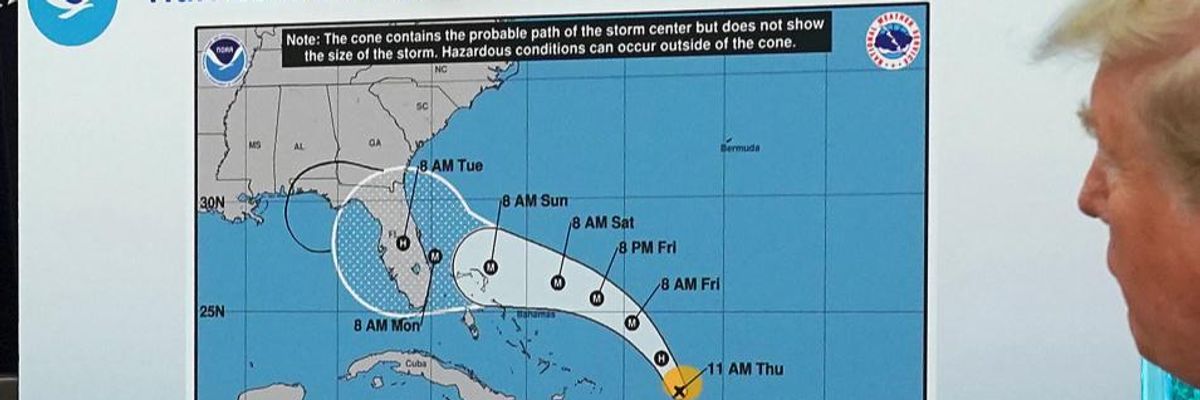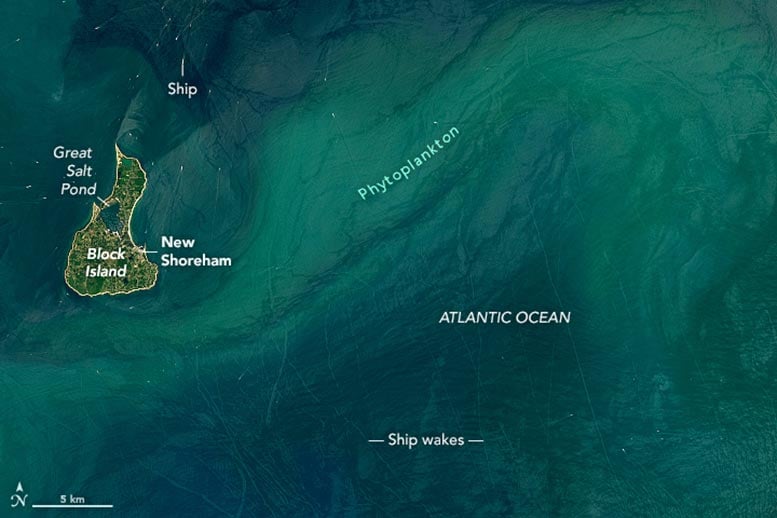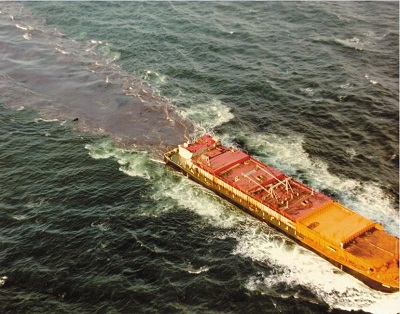URI programs secure state funding for CHAMP, StormTools, and MyCoast, to continue providing critical services for Rhode Island
EDITOR'S NOTE: GoLocal reports the Trump regime has also wiped out funding for beach restoration, forcing the state and towns to come up with cash to carry on the work. Similarly, GoLocal notes how Charlestown is trying to get state funds for more permanent repairs to the Charlestown Breachway after federal funds were denied. Thank you, MAGA. - Will ColletteRhode Island legislators have endorsed a powerful complement of tools developed and housed at the University of Rhode Island so they can continue to benefit the state coastline and residents, approving $200,000 in the 2026 fiscal year budget. Legislators and researchers say that support to keep URI’s critical CHAMP, STORMTOOLS, and MyCoast programs going demonstrates that URI, and Rhode Island, will continue to lead in coastal safety analysis, early warnings, and resilience.
Bringing together URI’s Coastal Resources Center, Rhode Island Sea Grant, Graduate School of Oceanography, Environmental Data Center, and the departments of Marine Affairs and Ocean Engineering, a successful team drawing on the best of URI, the tools were developed and launched to respond to the needs of Rhode Island’s emergency managers, partner communities, state regulatory agencies, and military, to plan for and respond to storms and associated flooding.
“We’ve been working together on these projects for 10
years,” says Austin Becker, chair of URI’s Department of Marine Affairs and
director of URI’s graduate certificate in Coastal Resilience, “and the
collaboration has been truly wonderful.”
Funding for research and development came from the
Department of Homeland Security, the Federal Emergency Management Agency,
Department of Defense, and numerous other sources. In the years since, URI has
dedicated significant expertise and resources to develop the powerful suite of
tools, which play key roles in addressing coastal storm risks.
The Rhode Island state funding affirms support in the Ocean State for technology and tools that prepare for weather impact in advance.
“This is a huge win,” says Becker. “This will allow us to
keep these tools in operation, supporting the climate resilience needs of Rhode
Island. It’s gratifying to see the state recognize the value of this work to
municipalities and agencies from the Coastal Resources Management Council
(CRMC) and Rhode Island Emergency Management Agency to the Department of
Environmental Management and Department of Health.”
As federal funding priorities changed, Rhode Island pivoted
to maintain support for these critical emergency preparation and management
tools, as support from community users demonstrated the value of the tools.
The initial bill was sponsored by Rhode Island Rep. Terri Cortvriend (Middletown, Portsmouth), who first came to Rhode Island as a boat captain. She founded a marine plumbing firm here and is familiar with coastal issues as a member of the state’s marine trade association, but says she advocated for the provision out of concern over seeing Rhode Island lose funding for these critical decision support tools.
Introducing the measure, Cortvriend asked her peers to join
her in supporting Rhode Island’s homegrown coastal resilience technologies. “As
we face increasing risks to our population due to more frequent and severe
storms,” she said, “it is imperative that we equip our decision-makers and
emergency managers with the tools necessary to mitigate impacts, enhance
recovery, and reduce both human suffering and economic losses. These tools
provide crucial data and predictions for emergency management, resilience planning,
and community engagement across our state.”
Stephen McCandless M.S. ’21, GIS coordinator for the town of
Charlestown, said the tools are essential for emergency management, planning,
and coastal policy work in Rhode Island.
“These tools have proven indispensable in our ability to
manage and prepare for coastal hazards,” he said. “We rely on them regularly in
our operations.”








.webp)












.webp)
.webp)
